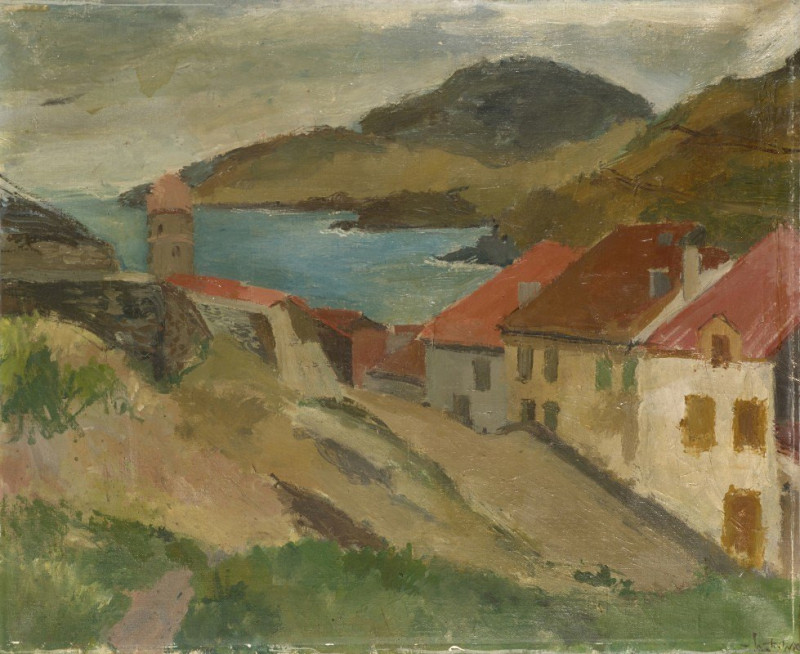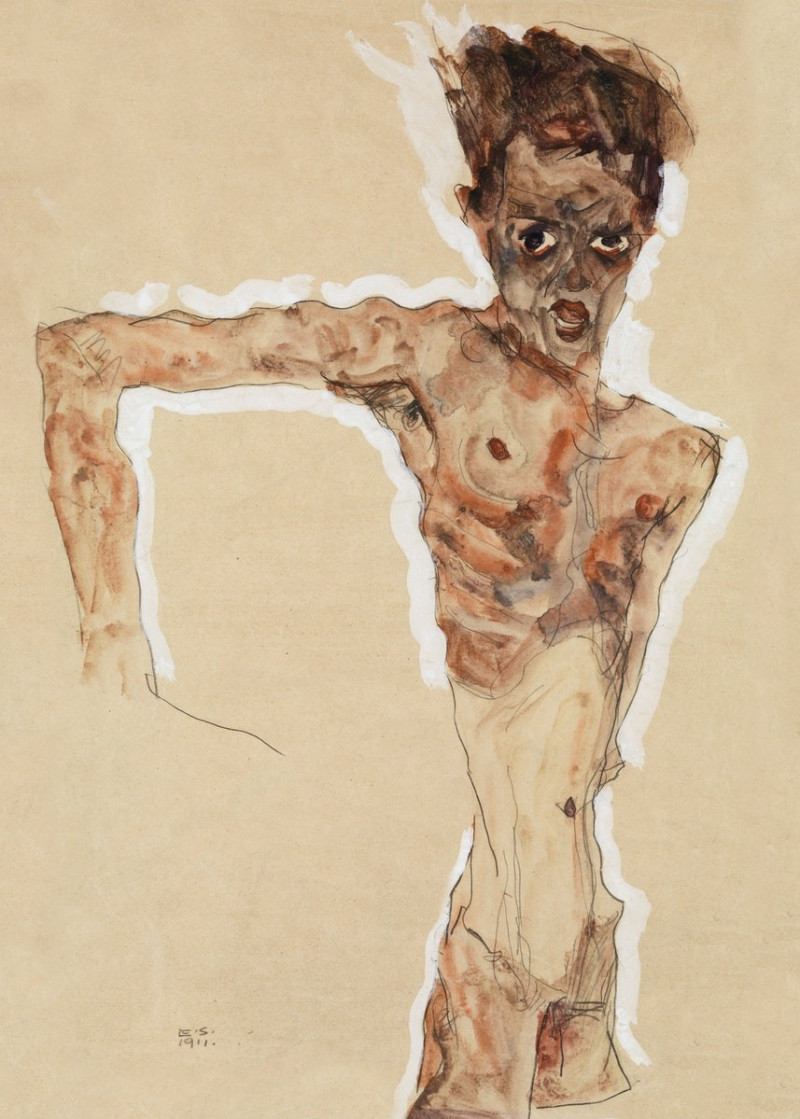Gegensätze II (Danse) (1934)
Technique: Giclée quality print
Recommended by our customers
More about this artwork
Walter Kurt Wiemken's painting "Gegensätze II (Danse)" from 1934 vividly encapsulates the spirit of surreal juxtaposition and vibrant expressionism. In this intricate artwork, Wiemken explores a tapestry of human emotions and interactions across varied scenes and figures, presenting them in a seemingly abstract arrangement.The painting is divided into several segments, each depicting different figures engaged in diverse activities, encompassing a broad spectrum of human experience. On the left, a raw, almost visceral portrayal of figures emerges from a dark, fluid background, their forms distorted and intense, suggesting a deep emotional upheaval or transformation. Moving to the center, a delicate scene unfolds featuring a woman seated, her posture reflective and perhaps melancholic, overlooking a smaller scene below where figures appear to be dancing or interacting playfully, reminiscent of a lighter, more joyful aspect of life.On the right, the painting shifts dramatically with representations of crucifixion and struggle, marked by figures pinned against a stark backdrop. These images might symbolize sacrifice or endurance. Nearby, an elderly figure seated beside a plant suggests themes of aging and growth.Wiemken uses a palette that moves from deep, resonating browns and reds to lighter shades, highlighting contrasts not only visually but also thematically. Brush strokes vary from fluid and sweeping to tight and controlled, adding a dynamic texture to the work."Gegensätze II (Danse)" invites viewers to delve into a narrative that is at once fragmented and cohesive, where each element and figure contributes to an overarching dialogue about the complexities of life and human emotion.
Delivery
Returns
Walter Kurt Wiemken was a Swiss painter.
Walter Kurt Wiemken was born in 1907. In Basel to German parents, 1898. who have acquired Swiss citizenship. At the age of four months, he contracted polio severely, which left him disabled for life. He lived in his parents' house until his death, where he also established his art studio. His father had a lithography business.




































